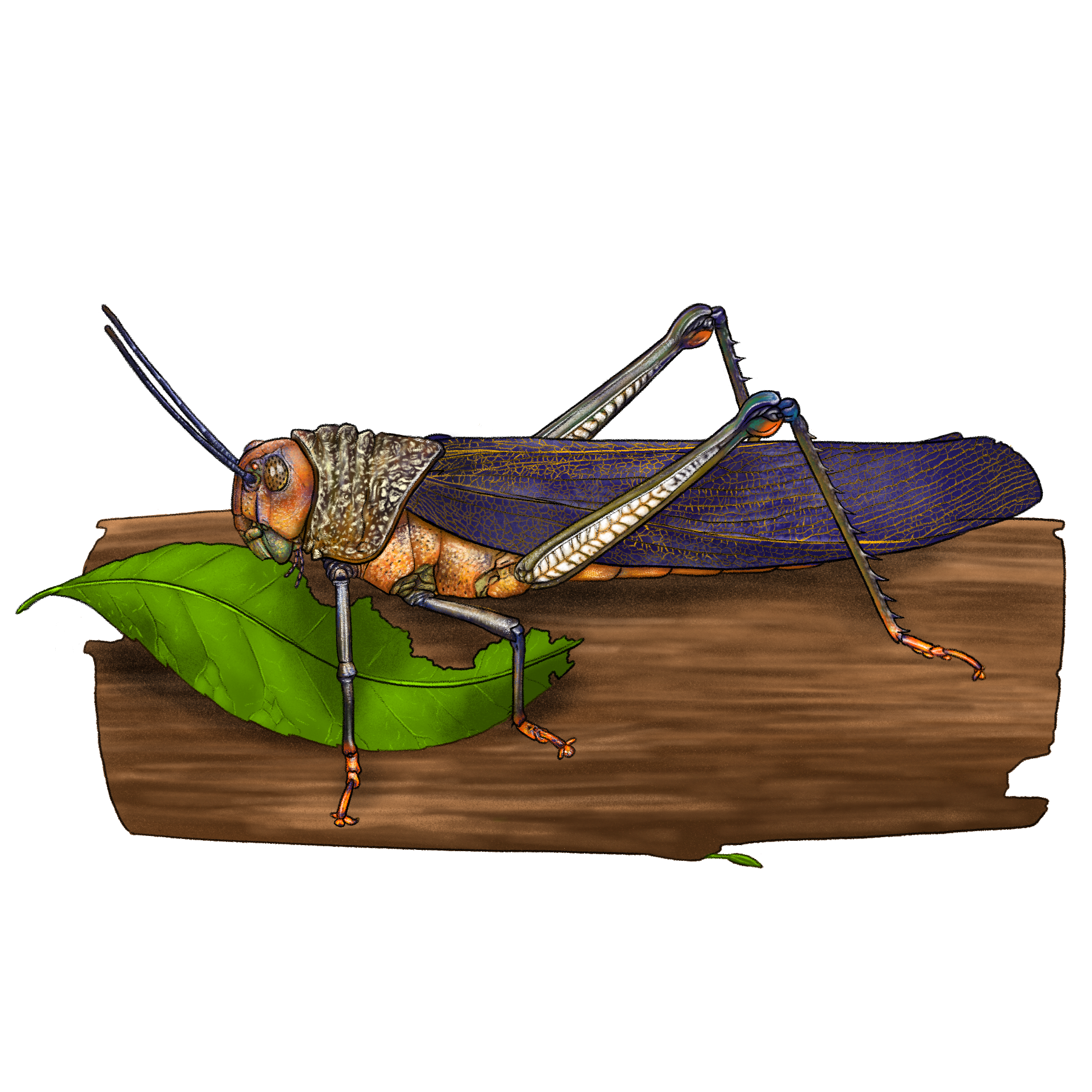
✎ Camila Espinosa

✎ Diego Aguilera


Gigant Grasshopper
Tropidacris cristataPacific region
RECORRIDO VIRTUAL POR LA BIODIVERSIDAD DE COLOMBIA
Museo de Historia Natural
Universidad Nacional de Colombia

Gigant Grasshopper
Tropidacris cristata
Morpho-functionality
Mouth
Its oral apparatus has chewing mouth parts and compared to any vertebrate’s is much more complex due to its large number of parts. This allows the insect to devour leaves at a very rapid rate.
Hind legs
It manages its jump through a complex internal muscle system attached to an internal tendon that pulls a distal structure similar to an arch; when muscles contract the arch is bent and when released it frees a large amount of energy pushing out the tibia violently.
Hearing
Their hearing system is made up of an eardrum that is located in its abdominal area.
Lifecycle
In this species the sexual dimorphism is marked, the female being larger than the male. Little is known about its life cycle. It is estimated that its cycle lasts one year and that there is overlap of generations, that is, adults and juveniles are together. Females deposit a single egg sac in moist soil to a depth of 60 mm. Each sac contains 40 to 100 eggs. By having an incomplete metamorphosis, the nymphs will grow with each molt and the progressive development of their wings can be observed. They live in groups and have a warning yellow and black coloration as they appear to be toxic.
Gigant Grasshopper
Distribution
This species of giant Neotropical grasshopper has a wide distribution ranging from southeastern Mexico to half of Argentina, including the west of the Colombian and Ecuadorian coasts and some Caribbean islands. It inhabits dense formations of trees and shrubs to humid forests in the Guyana-Amazon region and slightly drier regions in Bolivia, Paraguay and Argentina.
Distribution area






